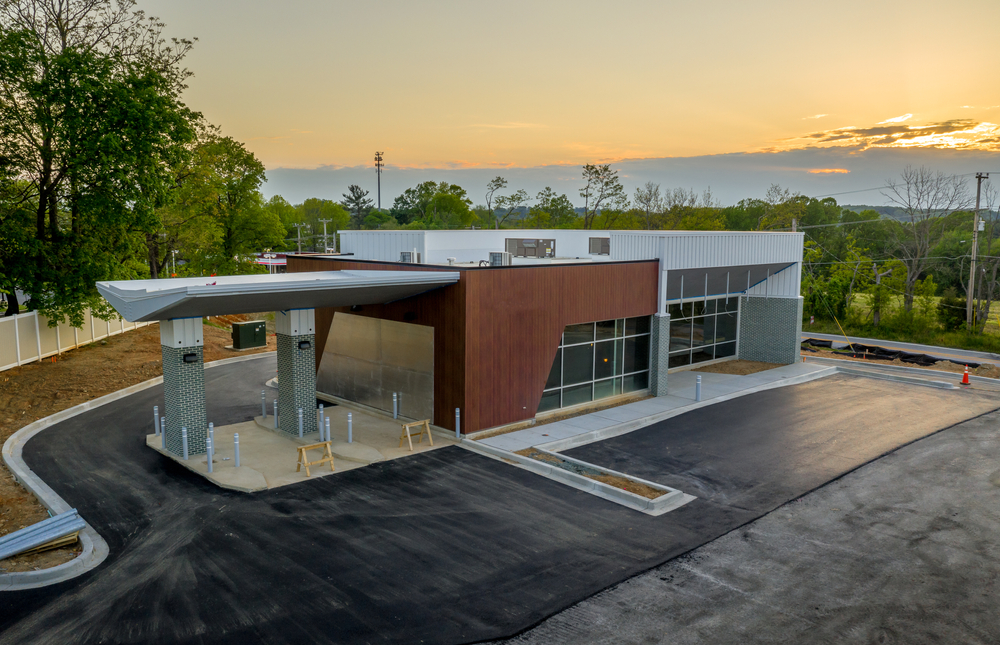Bank Branch Dynamics: Expanding Physical Foot Print to Enhance Customer Service
- Physical banks were once widespread and expanding quickly
- Bank of America continues to invest in physical branches
- Customers value "speaking to a human"
Only a couple of decades ago, financial institutions across the US were aggressively expanding their physical footprint, opening branches in new territories AND increasing more branches in locations to make it more convenient for customers.
Fast forward only a few years; advancements in technologies are making digital and online banking more convenient. Add in the pandemic and, all of the sudden, branches are becoming less important, right?

Well, not necessarily. As we noted in an earlier post, 33% of US consumers view physical branches as “essential.”
There are several banks looking to open more branches in the next few years, including Bank of America, which announced that it plans 150 more branches -- with 40 by the end of 2025 and an additionally 110 in the next two years. While there are still some financial institutions planning to close branches, it's important to understand the reasoning for banks reversing the trend.
Reasons for Branch Expansion
We noted the expansion of Bank of America's branch locations; they are not the only large financial institution expanding. Both PNC and JPMorgan Chase are in the midst of opening new branches as well. Even though Bank of America reports that 90% of client interactions take place online, there are still a significant number of interactions that occur at the branch.

“Our continued investment in our financial center network reflects our commitment to meeting our clients where they are and how they want to bank with us,” said Holly O’Neill, head of the bank’s retail, consumer and preferred lines of business.
“We are focused on creating spaces where financial specialists can meet with clients and help them achieve their financial goals,” O’Neill said in a statement Tuesday.
The major reason for the expansion is to enable clients to bank how they want, where they want -- a sign that financial institutions are utilizing feedback and data from their customers and putting their needs first.
However, as noted by marketplace.org, there's a major financial benefit as well -- and checking accounts play a huge role:
About three years ago, the Federal Reserve started raising interest rates from near zero. That meant banks were paying more interest on things like market money accounts and CDs. As for checking accounts? Banks usually pay little or no interest on those.
That made banks want more of them, said Maryville University finance professor Jaime Peters.
“And I may be willing to spend a little money on a branch so that I attract your checking account,” she said.
Additionally, the article notes that a customer having difficulties will want to speak to a human. Having to type to an AI chatbot that leads them down the wrong path or sitting on hold waiting for a representative on the phone is extremely frustrating. On the other hand, knowing you can always drive a few minutes to the nearest bank branch to have your problem solved iss an added benefit for a financial institution.

As banks continue to strategically plan for the future -- one that will very much include checking accounts and, indeed, checks -- we know that 91% of business still use checks, according to the most recent AFP study, and individuals still utilize checks for larger purchases. Ensuring that customers' needs are met while increasing operational efficiency will be crucial. Fortunately, FIs of all sizes are able to leverage AI technologies that automate functions like check processing to streamline operations.
Customers' expectations are clear-- it is up to FIs to meet their needs.